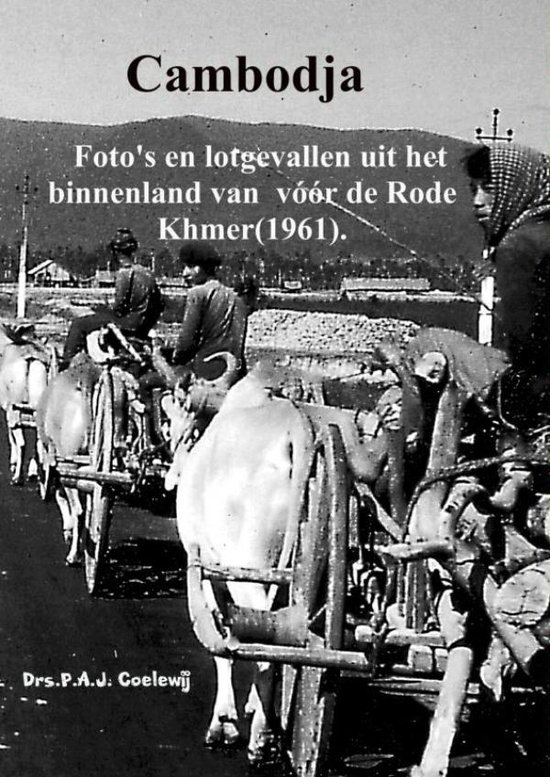
Angkor And The Khmer Civilization
The Classic-period kings ruled over the Khmer empire from AD 802 for more than five centuries, and this book, newly available in paperback, examines the massive architectural achievements of this period, including the huge capital city of Angkor, with the awe- inspiring Angkor Wat, the world's largest religious structure.
The Classic-period kings ruled over the Khmer empire from AD 802 for more than five centuries, and this book, newly available in paperback, examines the massive architectural achievements of this period, including the huge capital city of Angkor, with the awe-inspiring Angkor Wat, the world's largest religious structure. It also draws attention to the imperial road system that bound together the region's provincial centres. The gigantic hydraulic system, still a source of controversy, is believed by many to have provided the agricultural basis of Angkor's grandeur and power, and its nature and function are discussed here. The final chapter describes the Post-Classic period that set the stage for the entry of the Khmer into the modern era.
The Classic-period kings ruled over the Khmer empire from AD 802 for more than five centuries, and this book, newly available in paperback, examines the massive architectural achievements of this period, including the huge capital city of Angkor, with the awe-inspiring Angkor Wat, the world's largest religious structure. It also draws attention to the imperial road system that bound together the region's provincial centres. The gigantic hydraulic system, still a source of controversy, is believed by many to have provided the agricultural basis of Angkor's grandeur and power, and its nature and function are discussed here. The final chapter describes the Post-Classic period that set the stage for the entry of the Khmer into the modern era.
| Auteur | | Michael D. Coe |
| Taal | | Engels |
| Type | | Paperback |
| Categorie | | Mens & Maatschappij |





